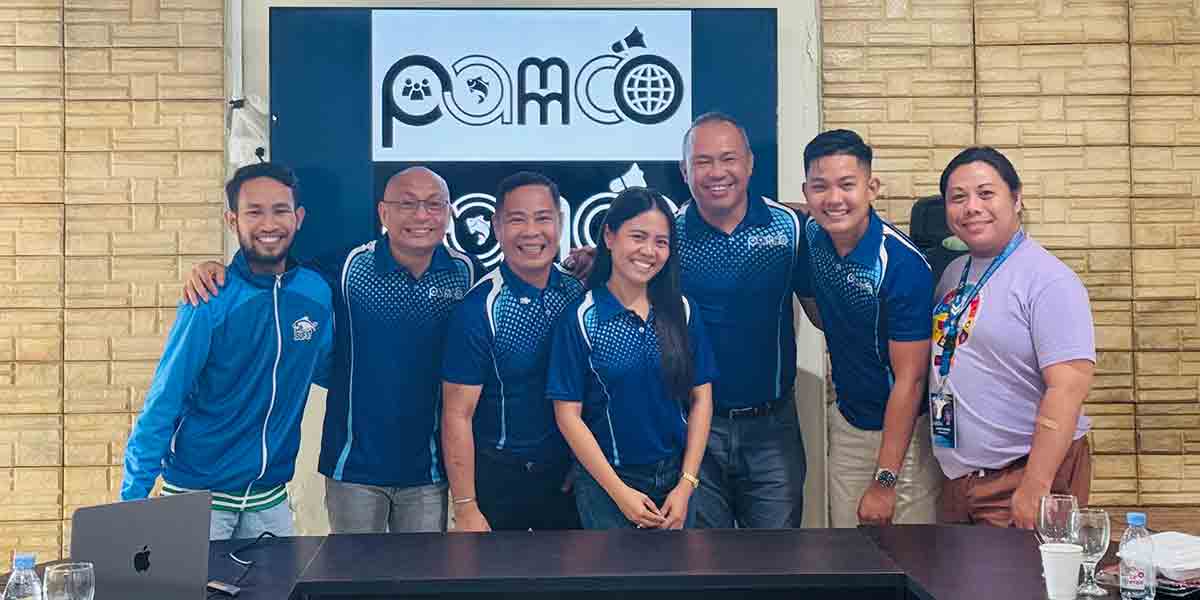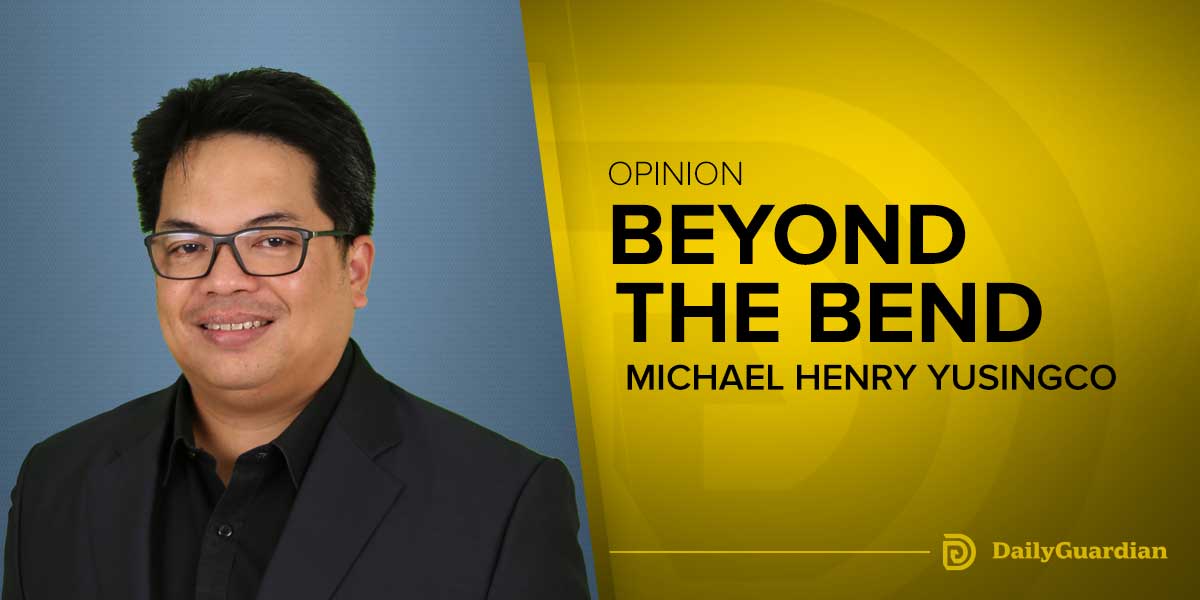Remarks of Ambassador MaryKay Carlson at the Rotary Club of Manila on December 5, 2024
Good afternoon! My thanks to President Enriquez for inviting me to speak to the Rotary Club today. All over the world, Rotarians are known for their commitment to public service. That’s especially true here in the Philippines. I’m very impressed by the distinguished history of the Rotary Club of Manila – the oldest in Asia – and by the work that you do, especially your efforts to clean the Pasig River, and care for neglected children.
I’ve been asked to speak to you today about the role of the U.S.-Philippine bilateral relationship in a volatile, uncertain, complex, and ambiguous world. That phrase, known as VUCA, certainly characterizes the world we live in – including here in southeast Asia, where we see state actors undermining international rules and norms, the continued threat of violent extremism, and the unpredictable and increasingly damaging effects of climate change.
So how do we face such turmoil? What is a strategic approach that can help us survive – and maybe even thrive – when the path ahead appears rocky and unclear? Political scientists, social scientists, economists, and others have different perspectives on the best way to tackle this era of unprecedented challenges. My perspective is of course the diplomatic, national security-focused view. In my 39 years as a diplomat, I’ve seen some turbulent times. And in my opinion, the best way to counter that turbulence is to promote, foster, and nurture stable relationships – like the U.S.-Philippine bilateral relationship.
For over seven decades, the U.S.-Philippine relationship, anchored on our security Alliance, our economic ties, and our cultural and historical connections, has fostered peace and stability in southeast Asia and in the broader region. In the past two years, we have made incredible strides in strengthening the foundation of that relationship, ensuring its persistent durability and stability in the face of an increasingly chaotic world.
Let me start with security. The U.S.-Philippine Mutual Defense Treaty has helped maintain a free and open Indo-Pacific region since 1951. This foundational agreement – the United States’ oldest treaty alliance in Asia – has been further strengthened by the bilateral Visiting Forces Agreement and the Enhanced Defense Cooperation Agreement, or EDCA. These three agreements have, over decades, facilitated strong ties between the militaries of our two countries.
Today, our forces work shoulder-to-shoulder, during complex exercises such as Balikatan, to increase interoperability. We’ve also seen them come together when disaster strikes. Confronting the seven major storms that struck the Philippines this year, our forces collaborated with the Philippine Office of Civil Defense and USAID to bring badly needed relief supplies to communities in need.
In the past two years, we have also successfully negotiated additional agreements that strengthen the foundation of our security relationship. These include our Bilateral Defense Guidelines, signed in 2023, the Philippines Security Sector Assistance Roadmap (P-SSAR), signed in July, and our General Security of Military Information Agreement (GSOMIA), signed by Secretaries Austin and Teodoro just a few weeks ago. The Defense Guidelines, Assistance Roadmap, Military Information Agreement, and numerous other initiatives that the United States government has undertaken with the DND and AFP over the past two years ensure our security relationship will continue to advance regional stability. The United States is not alone in recognizing the importance of the Philippines in this effort. Japan, Australia, Canada, our counterparts in the EU, and other like-minded partners are strengthening their security relationships with the Philippines – with the Philippine Congress poised to approve the Japan Reciprocal Access Agreement soon.
But our mil-to-mil relationship is but one part of the equation. As President Marcos has said, economic security is national security. The United States shares this view, as shown by the emphasis we have placed on bolstering our economic and commercial relationships over the past two years. In March of this year, U.S. Secretary of Commerce Gina Raimondo led the first-of-its-kind U.S. Presidential Trade and Investment Mission to the Philippines, during which American businesses committed to over 50 billion pesos of investments in multiple sectors.
A month later, in April this year, during the historic Trilateral Leaders Meeting at the White House, President Biden, President Marcos, and Japanese Prime Minister Kishida announced the creation of the Luzon Economic Corridor, which seeks to rally the public and private sectors of our three countries to bring greater infrastructure investment connecting Subic Bay to Batangas, a region that accounts for over 40 percent of the Philippines’ economic activity.
Then, in May, the Philippines played host to the Indo-Pacific Business Forum, a jointly organized event that brought more than 700 business and government leaders together from the United States, Philippines, and across the Indo-Pacific to seek better ways to strengthen business ties and build resiliency into our economic systems.
We continue to work with Philippine partners on consequential issues such as energy security, workforce development, and both basic and higher education. This comprehensive approach to our economic and commercial engagement builds a stable economic future for future generations.
Finally, underpinning everything we do – diplomatic, military, economic – is our strong people-to-people ties. The United States is home to nearly 4.5 million Filipinos and Filipino-Americans; and over 700,000 U.S. citizens are in the Philippines at any given time, either as permanent residents or as tourists. This year, our Embassy processed more visas than ever before, and sent the most Filipinos to study at U.S. higher education institutions in more than 15 years.
When the USS Ronald Reagan visited Manila, the Captain told me fully 10 percent of his crew traced their origins to the Philippines. A U.S. investor chose a site in Luzon to build a manufacturing facility because of his experiences visiting the Philippines, and seeing the talent and know-how of the people. There is no substitute for this strong bond of friendship – it is not only forms the foundation of our work together, but also serves as a dynamic springboard to explore new opportunities and expand our horizons. The ties between the citizens of our two countries run deep, are incredibly powerful, and have been a great source of personal meaning and pride for me as Ambassador.
We need strong, stable relationships to face the volatility in the world today. That’s why the United States is committed to nurturing and strengthening ties with the Philippines as steadfast friends, partners in prosperity, and ironclad allies – the vaunted #FriendsPartnersAllies hashtag those of you who follow us on social media have noticed we use so often. No doubt, the U.S.-Philippine relationship will become more important as we face the pressures of a VUCA world. It is essential that we continue to work together to maintain the positive momentum we have generated over the past years, and foster greater stability in this region, and in the world.
Maraming salamat!




















